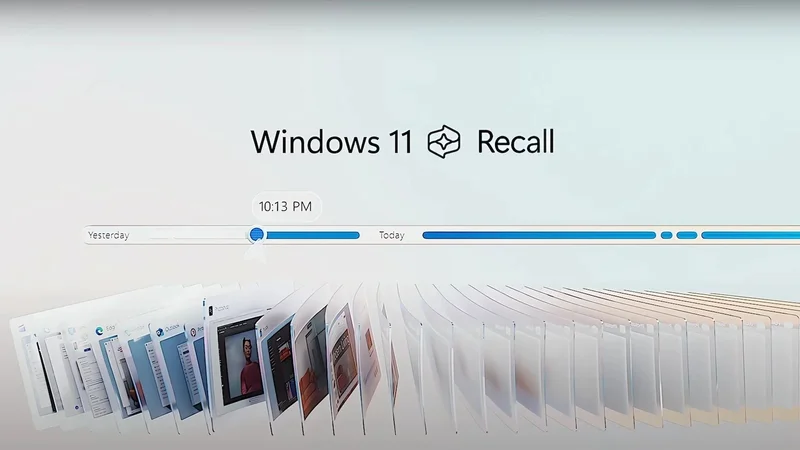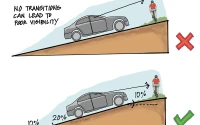Honda's Wheel Recall: A Numbers Game
Honda's recent recall of over 400,000 vehicles—406,290 to be exact—due to potentially faulty wheels is more than just a routine safety announcement. It's a glimpse into the complexities of modern manufacturing and supply chain vulnerabilities. The issue, as the NHTSA detailed, centers around improperly installed steel lug seat inserts on 18-inch alloy wheels used on 2016-2021 Honda Civics. The potential result? Wheels detaching while driving, increasing the risk of a crash.
The root cause, according to Honda's investigation, traces back to a procedural lapse at the wheel supplier's factory in Italy. Apparently, a misplaced fence led to unfinished products being mixed with finished ones, bypassing critical quality control checks. What's striking is that this single point of failure—a literal fence—could impact such a massive number of vehicles. It highlights the fragility of just-in-time manufacturing, where a disruption at one supplier can ripple across the entire automotive industry.
Digging Into the Timeline
Honda first caught wind of the problem in July 2024, after a report from the Japanese market revealed missing lug seat inserts during a routine inspection. An initial investigation of U.S. inventory showed no issues. However, the investigation continued, culminating in the late October recall. The timeline raises a question: why did it take so long to escalate from a single report to a full-scale recall? Was the initial assessment too narrow? And what were the internal discussions like as the scope of the potential defect became clearer?
The fact that the wheel supplier's manufacturing department closed in 2023 adds another layer of intrigue. Was this closure related to the quality control issues? Honda hasn't explicitly stated a connection, but the timing is certainly suggestive. It’s not uncommon for automakers to shift blame to suppliers in these situations, but the plant closure muddies the waters.

The recall process itself involves notifying owners and having dealers inspect (and potentially replace) all four wheels, along with the front and rear hubs, if needed. Notifications to dealers began on October 31st, with owner notifications expected around December 8th. This means a window of over a month between informing dealerships and reaching out to affected owners. What’s the rationale for this staggered approach? Is it a logistical consideration, or is there an attempt to manage the flow of vehicles into dealerships for repairs?
The Customer Perspective
Ultimately, the success of the recall hinges on effective communication and a seamless repair process. Any friction—long wait times, difficulty scheduling appointments, or perceived lack of transparency—can erode customer trust. And let’s be honest, the average car owner doesn’t pore over NHTSA recall notices. They rely on the manufacturer to provide clear, concise instructions.
I’ve looked at countless recall notices, and the language is often dense and filled with technical jargon. It is often hard to understand the real risk. Are Honda’s communications clear enough? Are they proactively addressing potential customer anxieties about driving a potentially unsafe vehicle? The real test will be the customer experience at the dealership level. The data will be in the customer satisfaction surveys.
A Defect of Disconnectedness
The Honda recall isn’t just about faulty wheels; it’s a symptom of the increasing disconnect between design, manufacturing, and quality control in a globalized supply chain. It's a reminder that even the most sophisticated engineering and rigorous testing can be undone by a simple lapse in process. The key question is: what systemic changes will Honda (and other automakers) implement to prevent similar incidents in the future? Because, based on the numbers, this won't be the last recall we see.









